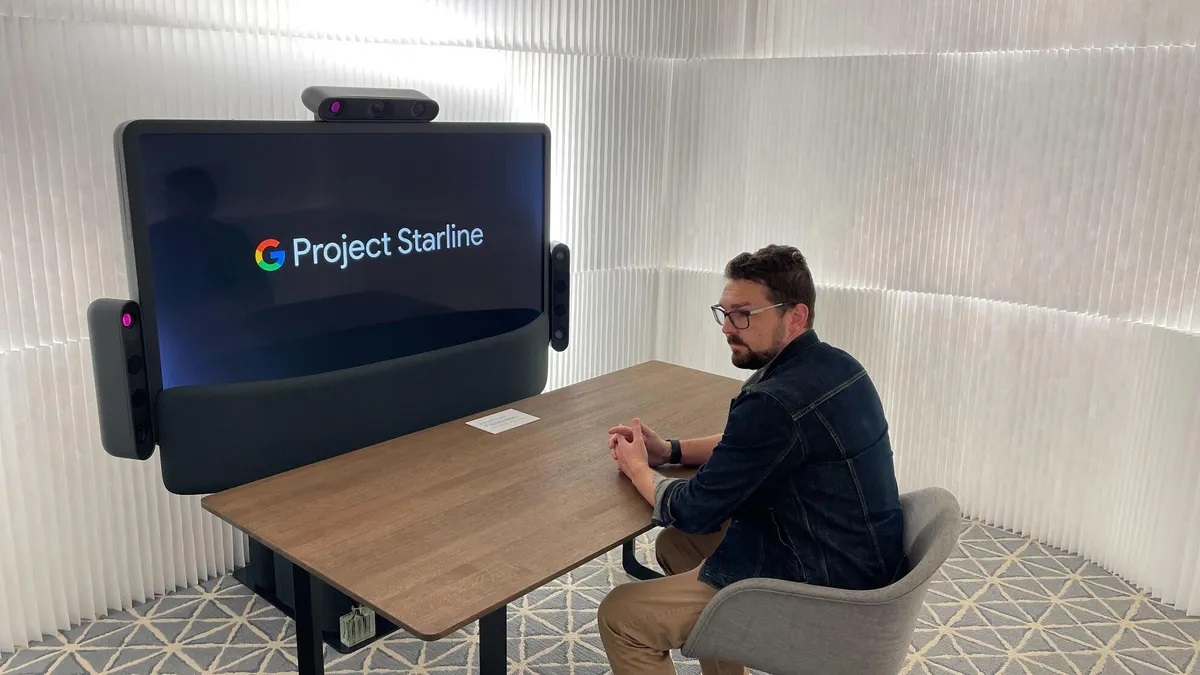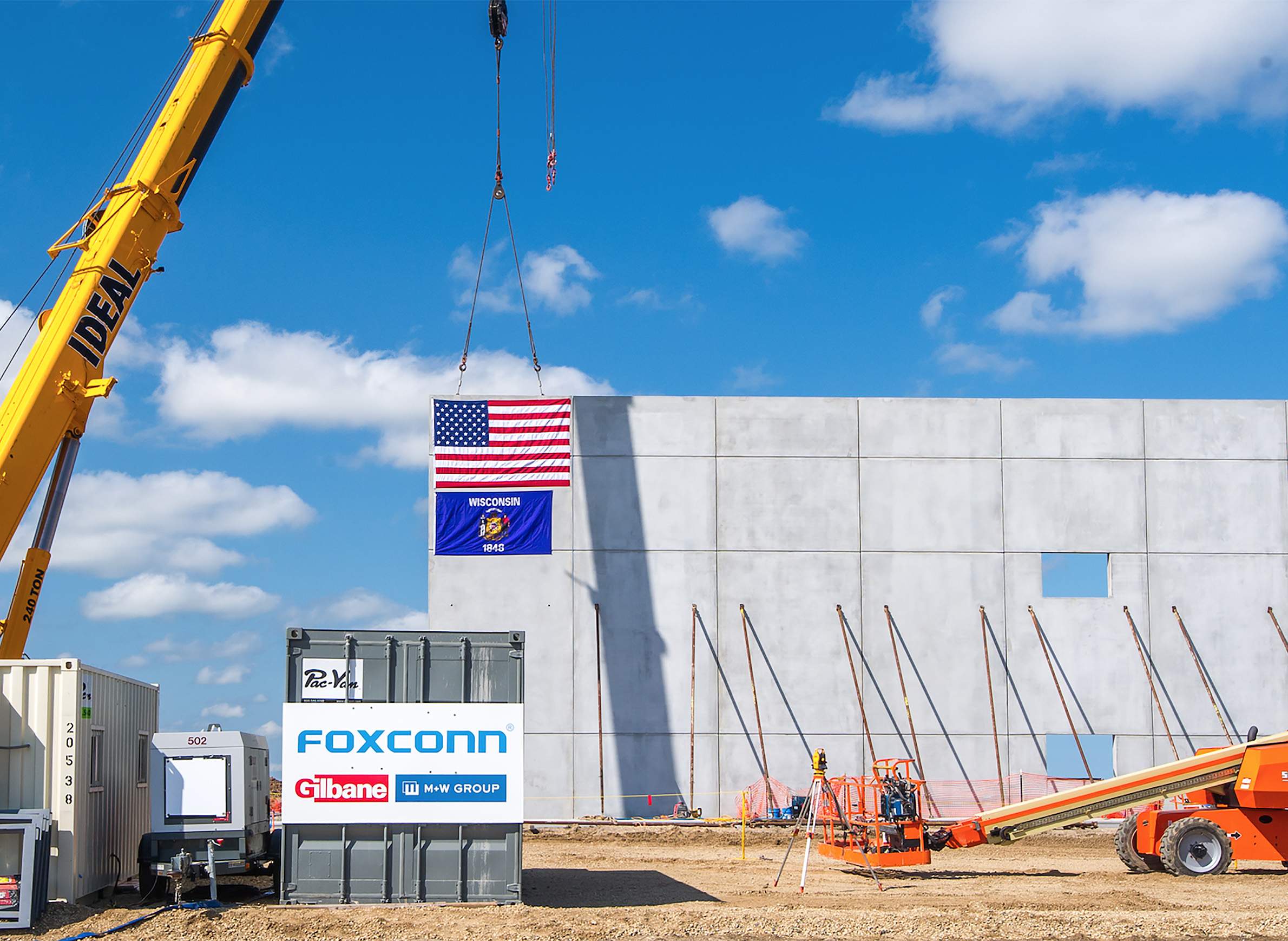Google is set to release Project Starline, a 3D video conferencing platform in 2025 with assistance from HP, a multinational technology company known for producing computer hardware
Google commenced work in 2021 on Project Starline, an enterprise-specific teleconferencing solution designed specifically for business settings.

By capitalizing on cutting-edge 3D imaging, sophisticated camera technology, and a carefully designed display, Project Starline enables individuals to engage in genuine conversations virtually, albeit with a slight alteration of appearance due to digital augmentation.
After extensive testing for an extended period, during which Google and HP conducted private technical demonstrations and overcame development obstacles caused by a divisional reorganization, Google is finally prepared to unveil Starline to consumers.
Google and HP announced their partnership before the Google I/O conference, wherein Google expressed its intention to initiate commercialization endeavors for Starline, which will be released in 2025.
Furthermore, Google has revealed its intention to smoothly incorporate Starline into widely used video conferencing platforms such as Zoom and Google Meet. This demonstrates the company’s dedication to improving connectivity and fostering collaboration in various settings.

The general manager of Project Starline, Andrew Narkter, conveyed his elation regarding this achievement, emphasizing its profound importance in promoting worldwide cooperation and interconnection, regardless of geographical limitations.
“This marks a significant step towards a world where connection and collaboration are possible no matter where you are. We’ll share more details later this year.”
Andrew Nartker, general manager of Project Starline

Despite Starline’s intrinsic virtual characteristics, the platform simulates physical presence convincingly, as Brian Heater explains from personal experience. This challenges the conventional distinctions between reality and virtuality.
Nevertheless, a critical inquiry emerges: in light of the fact that many workplaces are returning to completely in-office configurations following the pandemic, what will be the demand for Starline, which was initially designed to facilitate hybrid offices that combine remote and in-person collaboration?
According on findings from a survey conducted by Resume Builder, which projects a substantial 90% return to physical office spaces by 2024, there is a prevailing belief, especially among senior executives in the technology industry, that the experiment with remote work has produced less-than-ideal outcomes.
Even with the lack of consensus among researchers concerning the efficiency of remote employees, a subset of clients may perceive Starline as valuable exclusively for facilitating virtual conferences between offices.
Significantly, Google has previously revealed that around one hundred other enterprise partners, including renowned organizations such as WeWork, T-Mobile, and Salesforce, were actively testing prototype iterations of Starline.
This indicates an apparent demand for sophisticated teleconferencing solutions specifically designed to meet the expectations of corporations.



